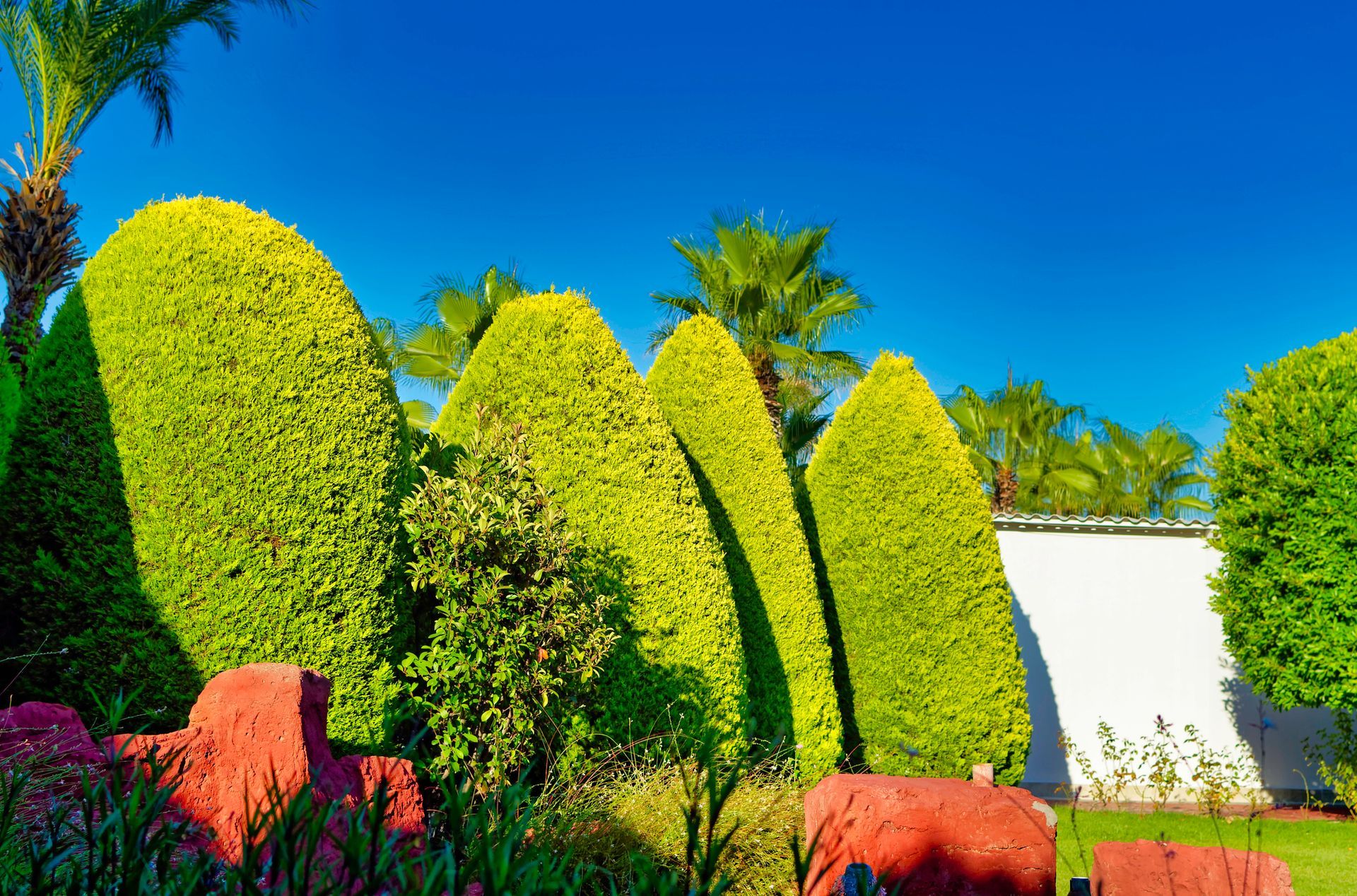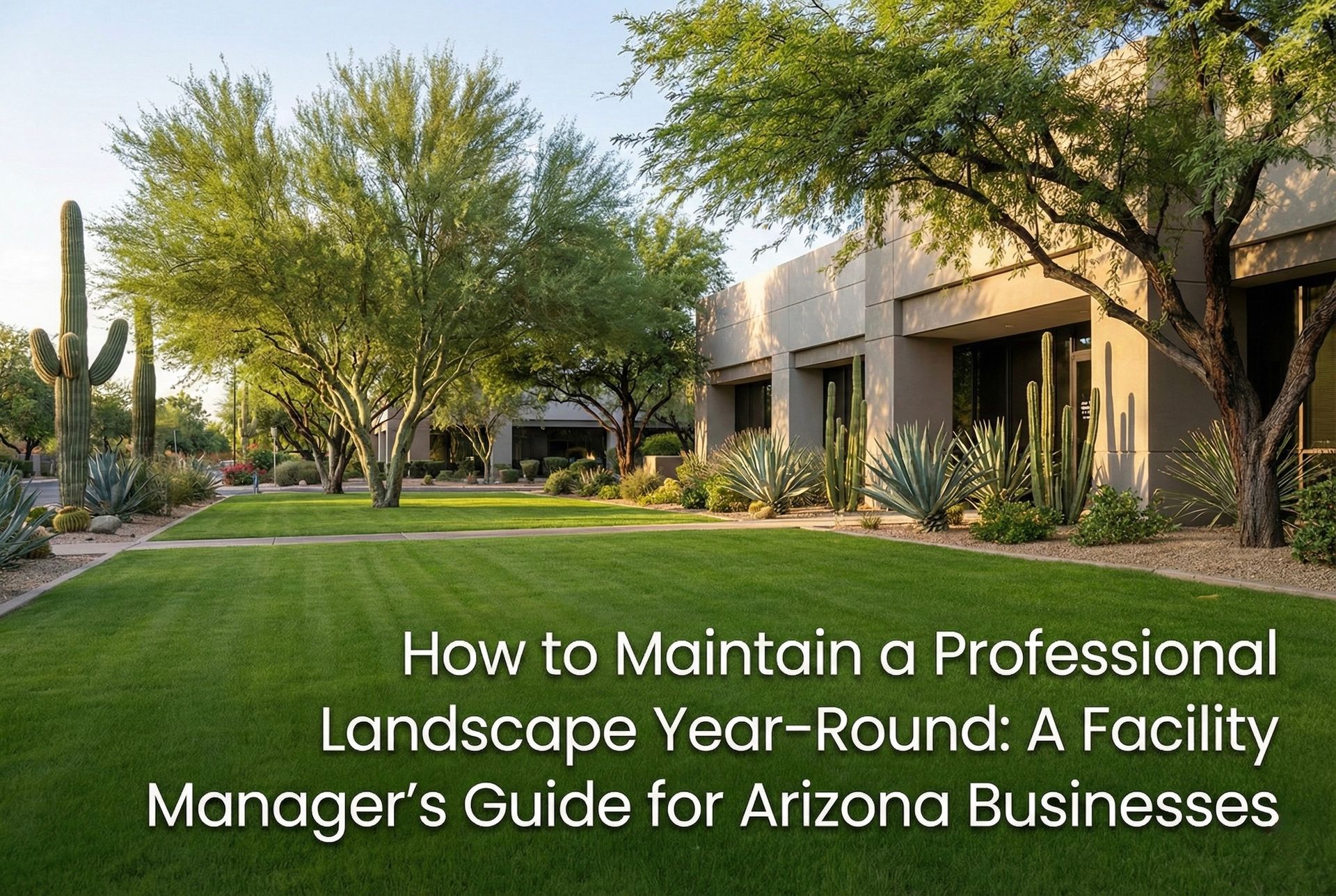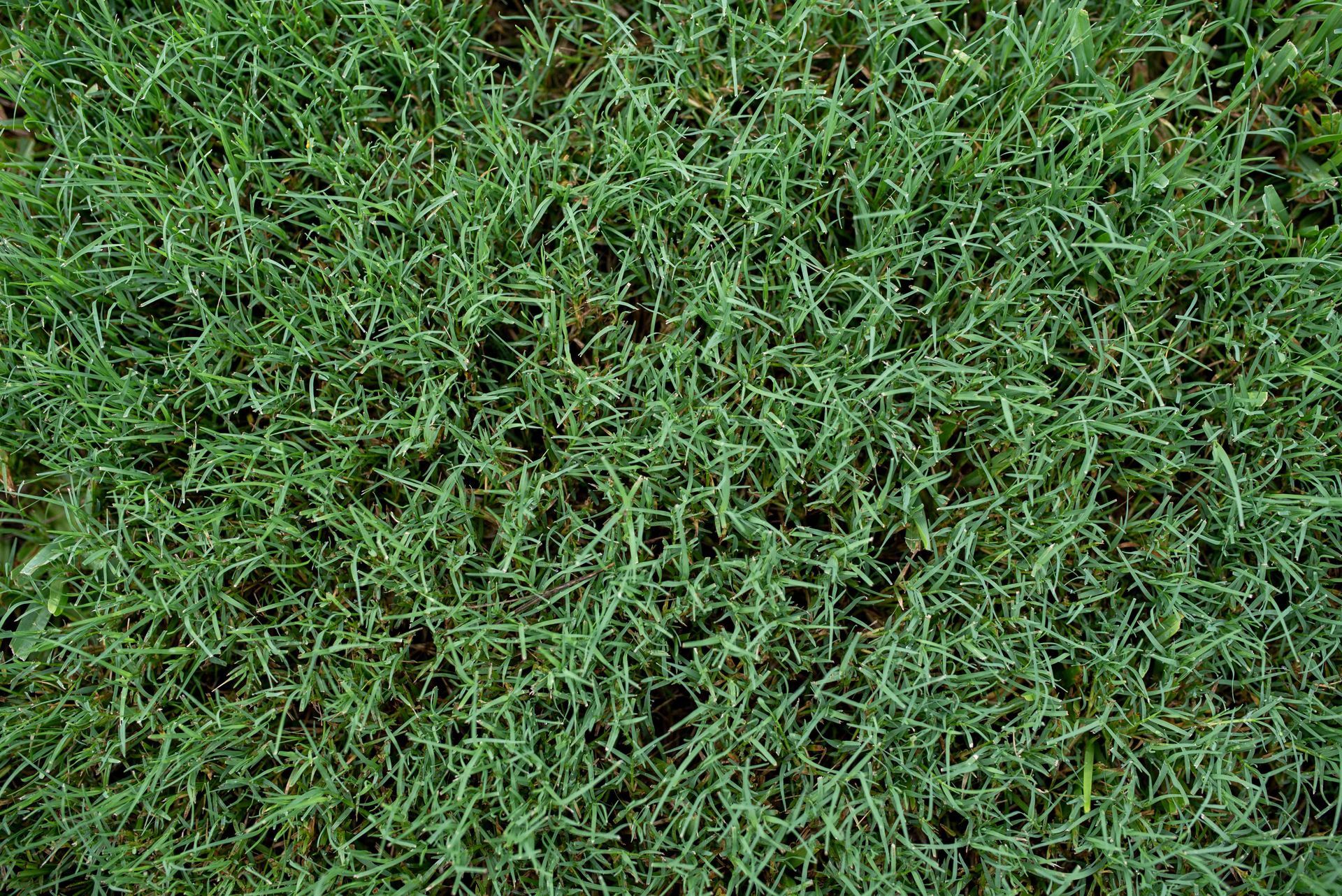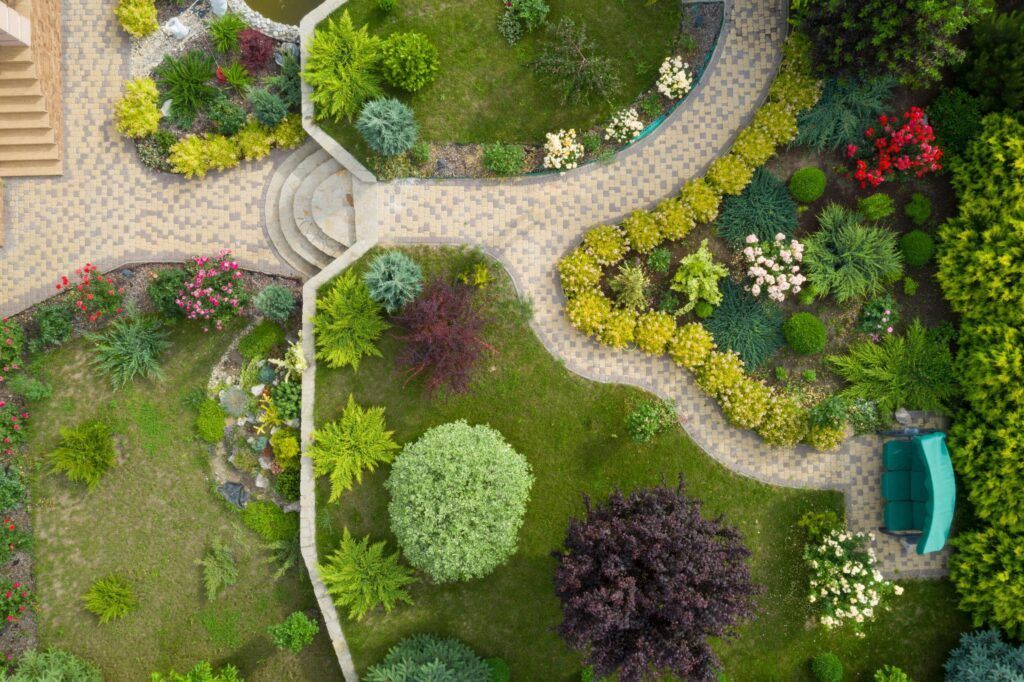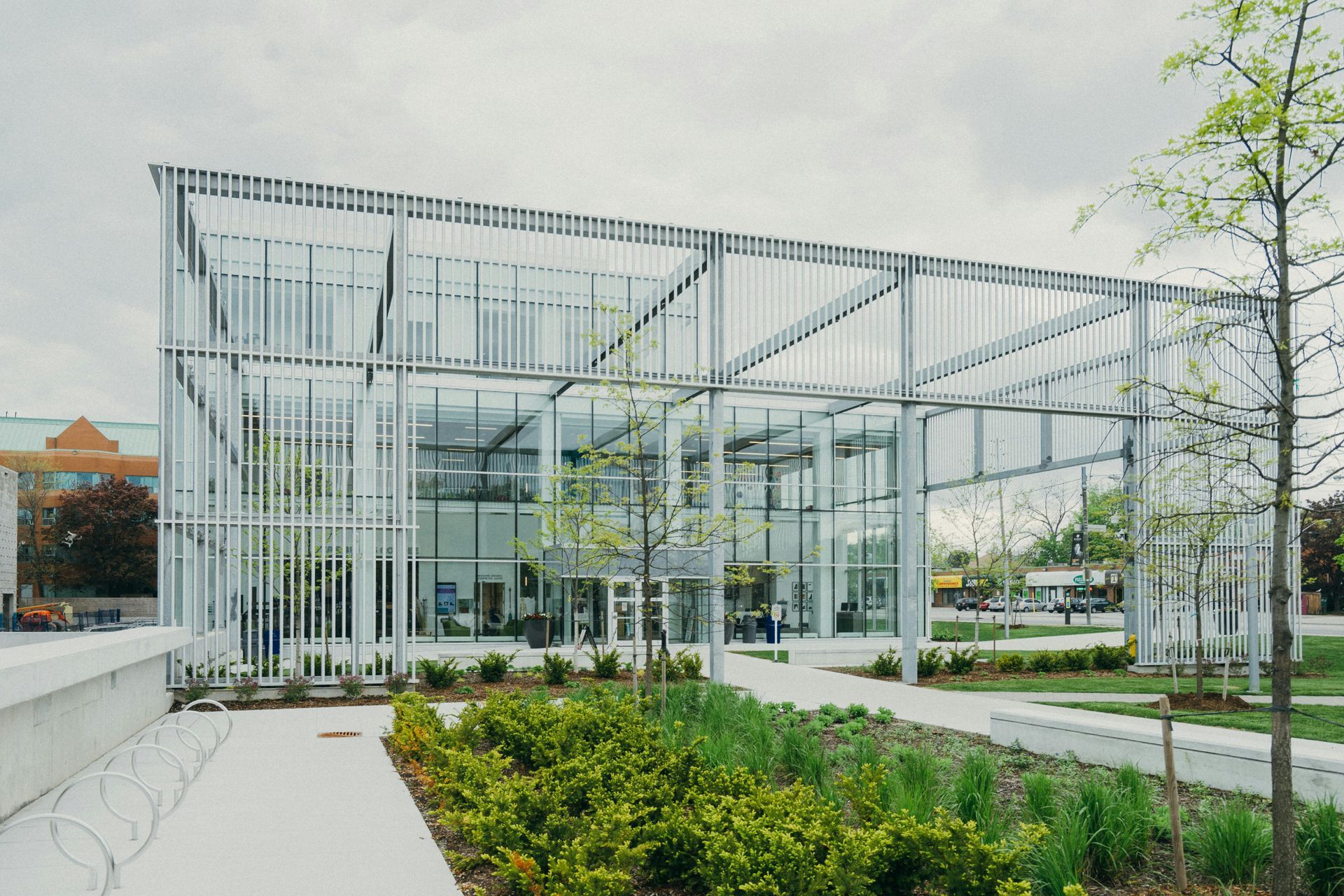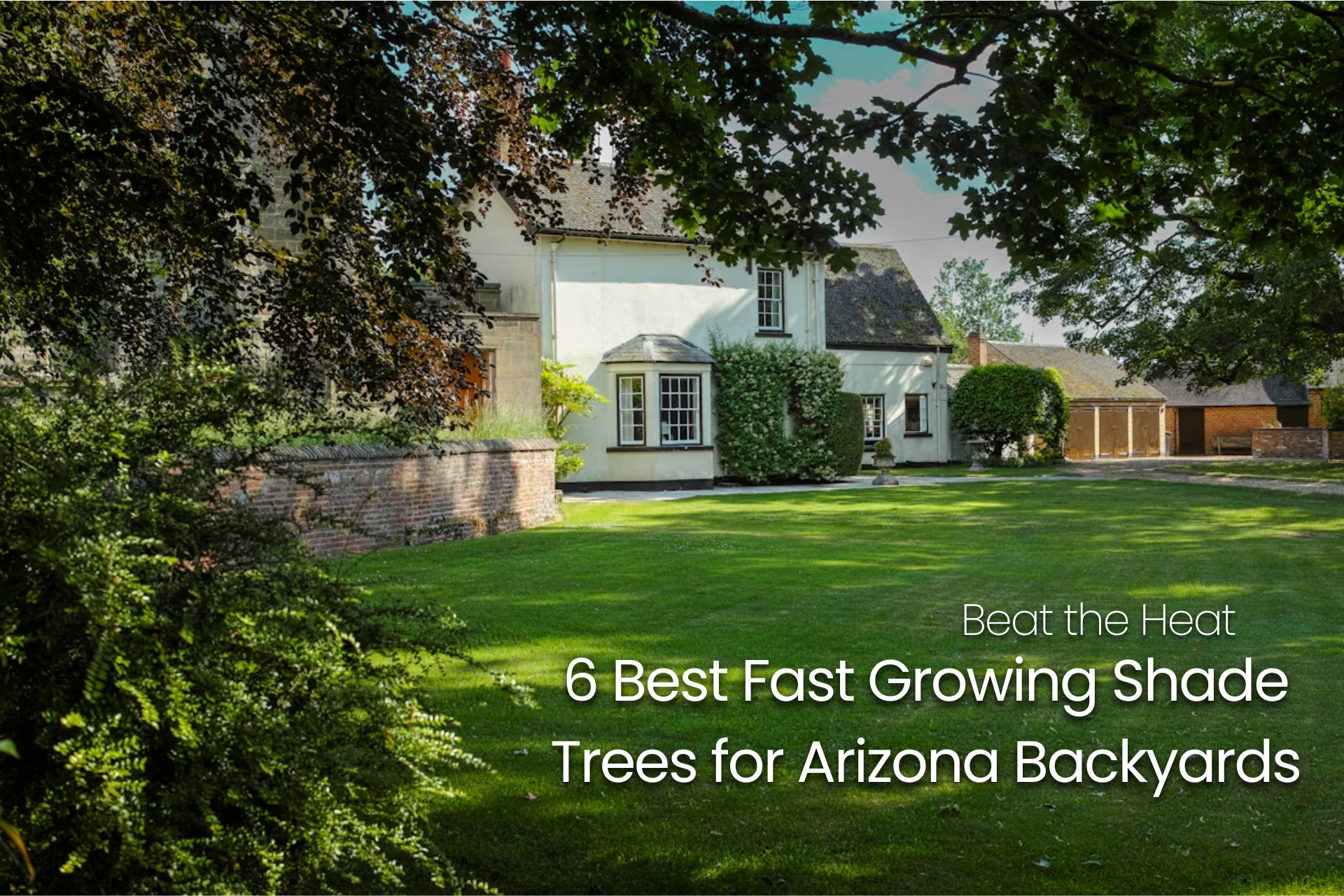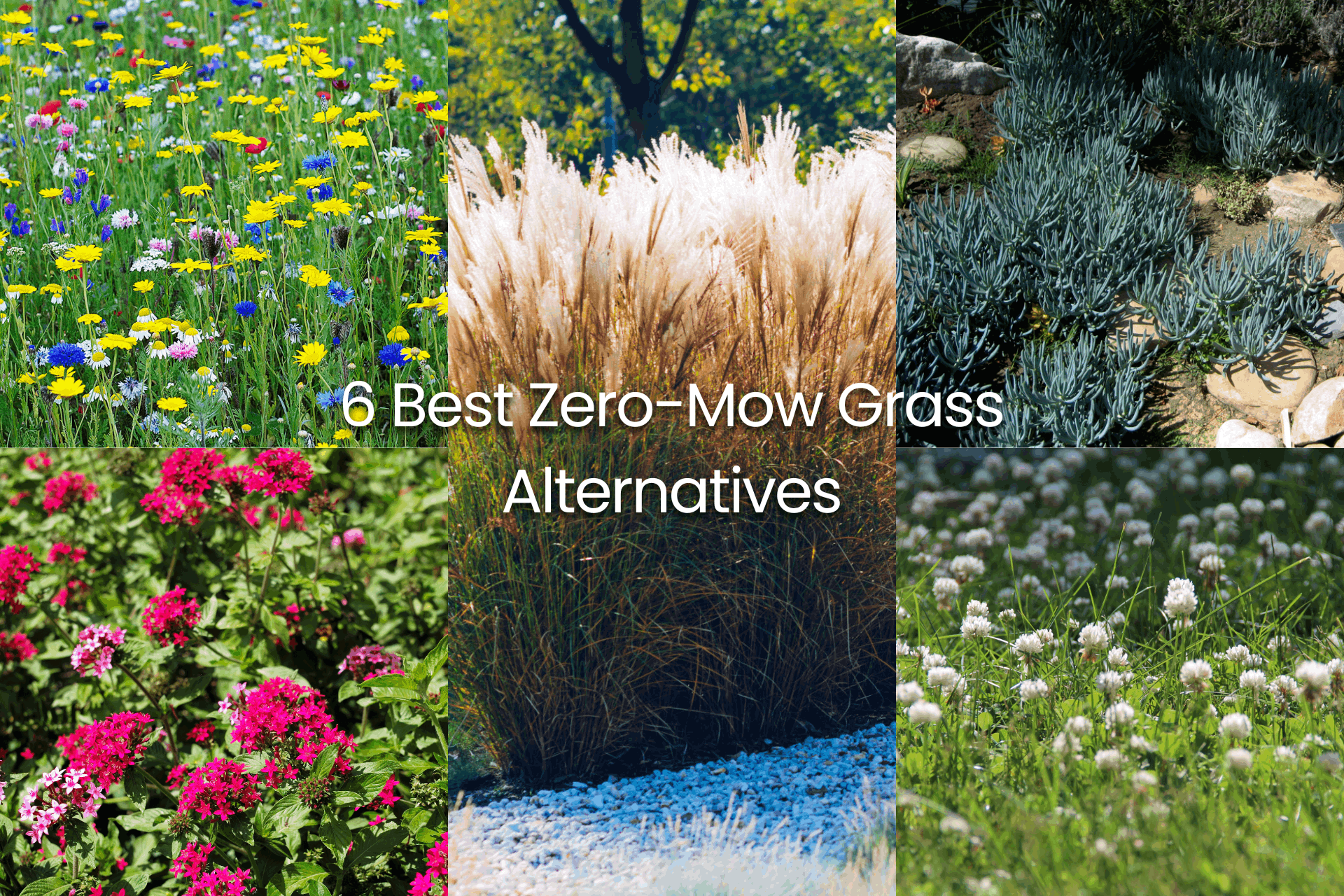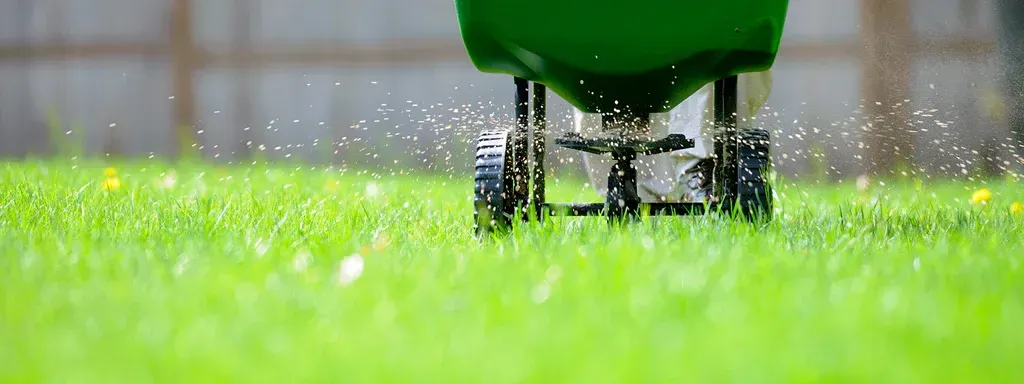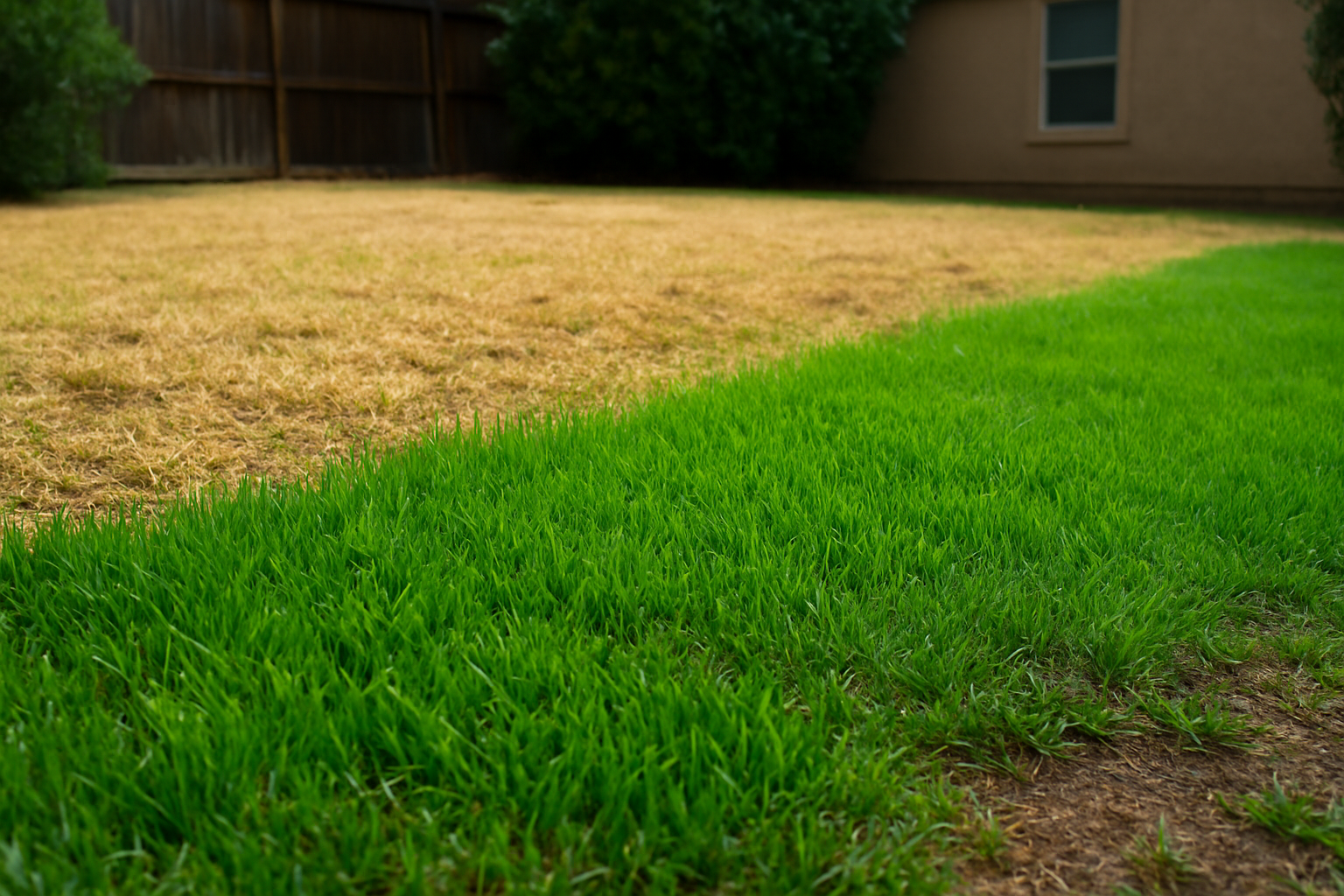
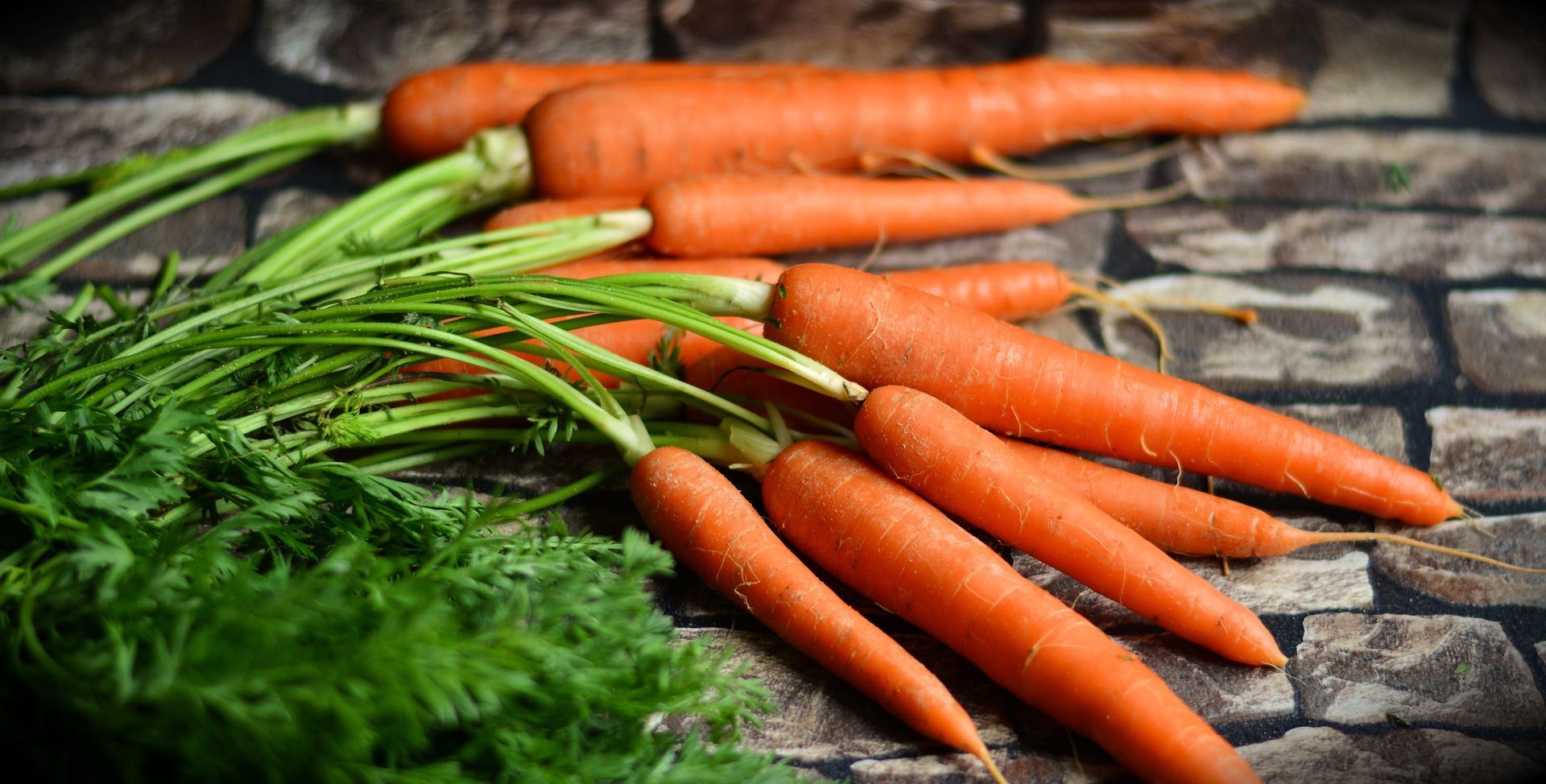
Root Vegetables: Hardy and Delicious
Root vegetables such as carrots, radishes, and beets are perfect for January planting in Buckeye’s cool weather.
Carrots:
Carrots grow best in loose, sandy soil to allow roots to expand. Choose short or finger varieties if your soil is heavy or compacted, and water consistently for straight, healthy carrots.
Radishes:
Radishes are one of the fastest-growing winter vegetables, ready for harvest in just a few weeks. They grow well in small spaces and are ideal for beginner gardeners.
Beets:
Beets are nutrient-dense and versatile. Sow seeds directly into the ground, and thin seedlings once they sprout to give roots room to develop.
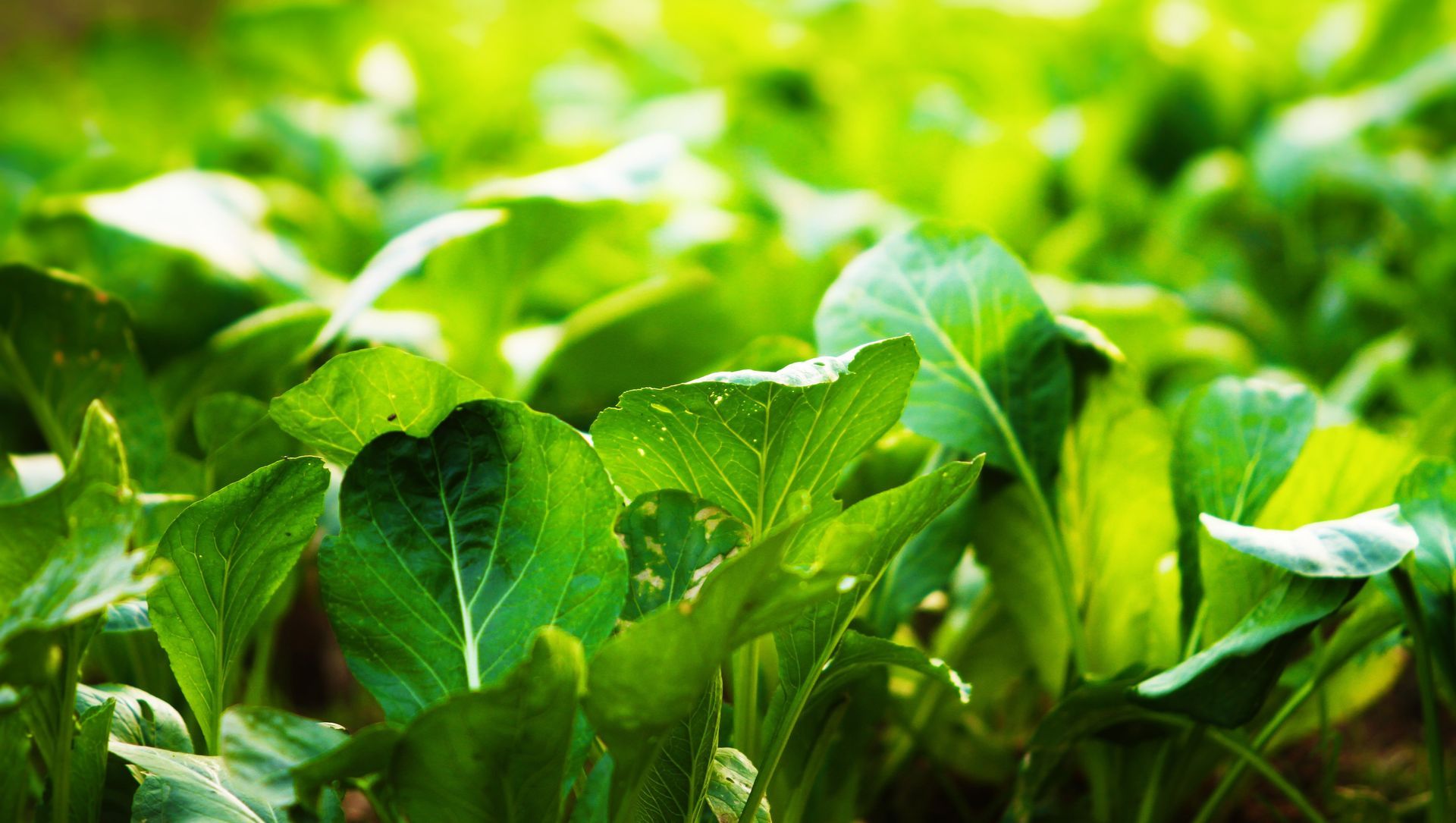
Leafy Greens: A Winter Staple
Leafy greens like spinach, kale, and lettuce are among the easiest and most rewarding vegetables to grow during winter in Buckeye.
Spinach:
Spinach thrives in cooler temperatures and grows quickly. Sow seeds directly into well-draining soil and ensure they receive full sun for a few hours each day. Regular harvesting of outer leaves encourages continuous growth.
Kale:
Kale’s hardy nature makes it perfect for Buckeye’s mild winters. Choose varieties like curly kale or dinosaur kale, and plant them in rich soil with compost for maximum nutrient content.
Lettuce:
Lettuce varieties like romaine and butterhead flourish in winter. Plant seeds in rows or containers, and keep the soil consistently moist for tender, flavorful leaves.
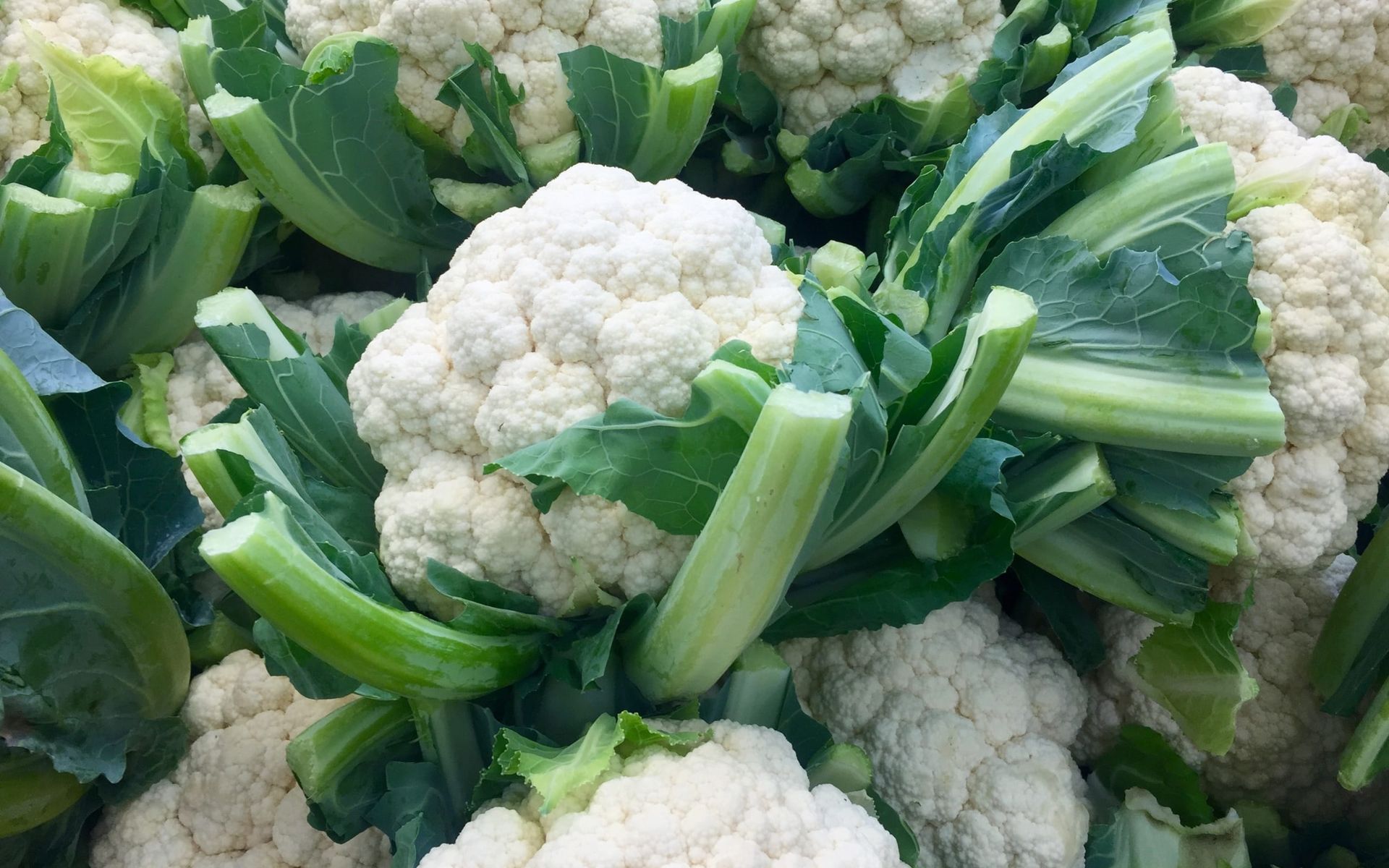
Brassicas: The Cool-Weather Champions
Brassicas like broccoli, cauliflower, and Brussels sprouts thrive in Buckeye’s January climate, producing high yields with the right care.
Broccoli:
Broccoli grows best when planted in full sun with nutrient-rich soil. Keep the soil consistently moist but avoid overwatering to prevent root rot.
Cauliflower:
Cauliflower requires more attention but rewards gardeners with large, tender heads. Protect developing heads from direct sunlight by tying the outer leaves over them.
Brussels Sprouts:
Brussels sprouts need a longer growing season, so planting them in early January ensures they’re ready by late winter or early spring. They prefer well-draining soil and cooler temperatures.
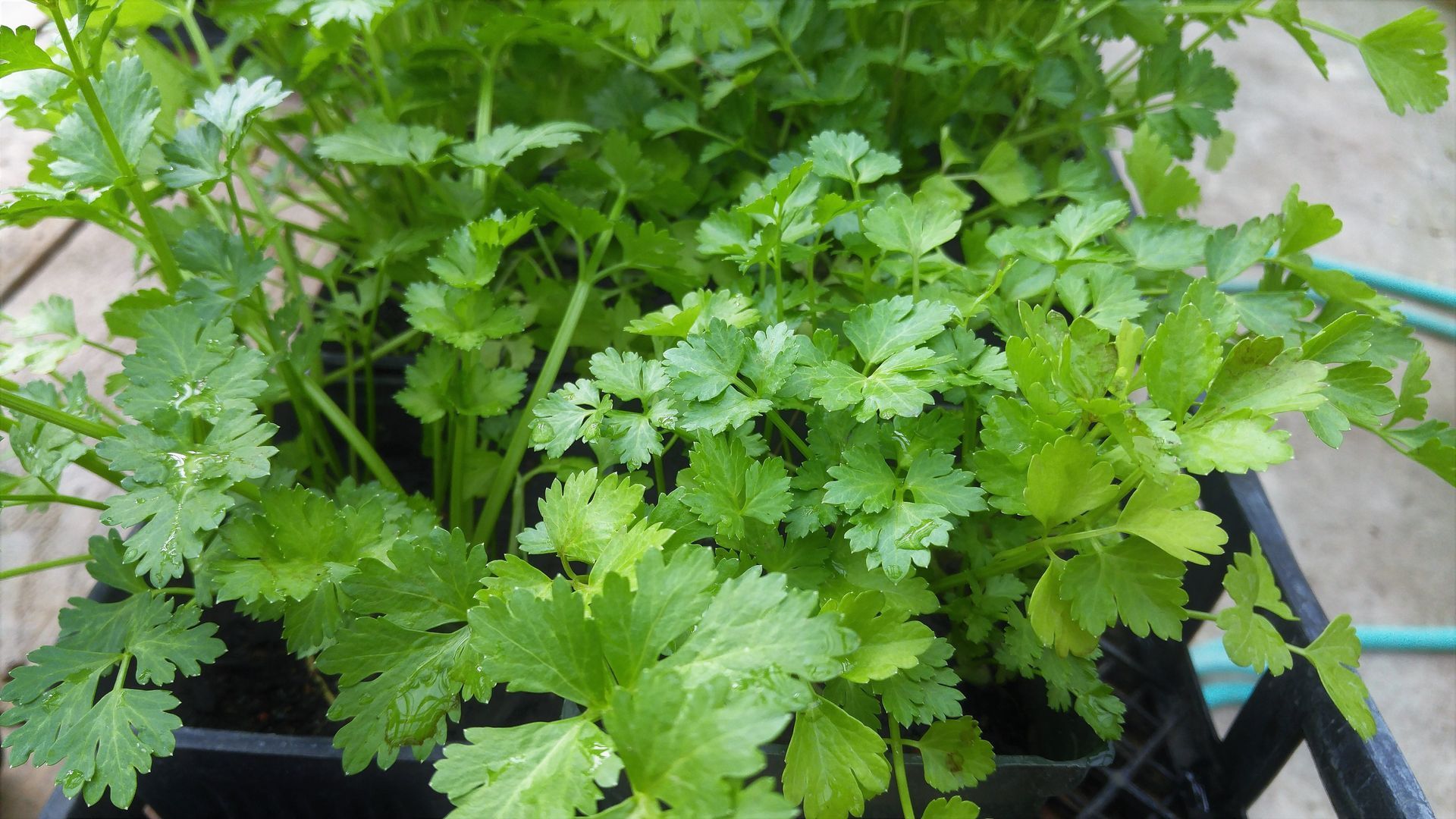
Winter Herbs: Flavor and Fragrance
Complement your vegetable garden with winter herbs like cilantro, parsley, and thyme. These herbs not only enhance your cooking but also thrive in Buckeye’s mild winters.
Cilantro:
Cilantro grows quickly and prefers cooler temperatures. Plant seeds in partial sun and water regularly for lush, fragrant leaves.
Parsley:
Parsley is frost-resistant and grows well in containers or garden beds. Harvest regularly to promote new growth.
Thyme:
Thyme is a hardy perennial herb that can withstand Buckeye’s winter weather. Plant it in well-draining soil and enjoy its aromatic leaves all season long.
January in Buckeye, Arizona, is the perfect time to cultivate a variety of winter vegetables and herbs. By planting leafy greens, root vegetables, brassicas, and fragrant herbs, you’ll enjoy fresh, homegrown produce throughout the season. Ready to start your winter garden? Contact Happy Clean Lawnscapes for expert gardening advice and services to make your Buckeye backyard a thriving oasis!
In Conclusion




